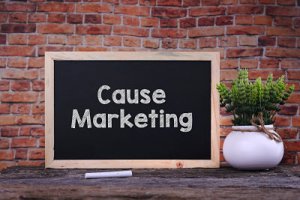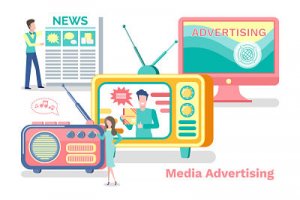Power up LinkedIn
October 23, 2019
 When business people and marketing types talk about social media, they immediately default to networks like Facebook, Twitter, Pinterest, and Instagram but the true powerhouse network, LinkedIn, is rarely mentioned.
When business people and marketing types talk about social media, they immediately default to networks like Facebook, Twitter, Pinterest, and Instagram but the true powerhouse network, LinkedIn, is rarely mentioned.
If you live in the B2B world and you’re not spending time on LinkedIn every week – you’re missing out on an incredible opportunity. For most LinkedIn users, it’s nothing more than a digital Rolodex. That makes me sad because it’s actually an incredible brand building, SEO increasing, and prospecting/business development tool, when used well.
I want to give you some best practices and tips for really leveraging LinkedIn to your full advantage. Fair warning – this is going to require an investment of time on your part, but the rewards will far outweigh the costs.
Brand Building
Customize your URL: Most people’s LinkedIn URLs look like http://www.linkedin.com/in/634923481 but it’s very easy to customize yours so it looks like http://www.linkedin.com/in/drewmclellan. This makes you easier to find and the URL easier to share.
Make your profile personal: Most people just cut and paste their resume or CV into the profile section of LinkedIn. Instead – write it so it sounds like you talk. Make it engaging and weave your personality into the content.
Be bold to catch our attention: Your opening statement in your profile should be provocative and make me want to read more.
Show work samples: One of the most underutilized portions of LinkedIn is the ability to show work samples. Be creative with that definition. Maybe it’s actual samples of your work or it could be a PDF of a case study or testimonial.
Add some background color: Like Twitter and Facebook, LinkedIn now allows you to add a background photo on your profile. Use the opportunity to create a background that says something about you or the work you do. Make your image 1400 x 425 pixels for an easy, perfect fit upload.
SEO
Your headline should be loaded: Loaded with SEO rich keywords that someone might use in a search to find someone who does what you do. Don’t waste characters by repeating your name.
Pepper keywords throughout your profile: Identify the top 5-10 keywords or phrases that your sweet spot customer might use in a search to find a new partner or connection. Make sure you work those words and phrases throughout your profile so you show up.
Be findable: I know this seems rather obvious but if you have your privacy settings clamped down too tightly – we can’t find you. Be sure to make your name and headline (at the very least) accessible to the general public.
Prospecting/Biz Development
Publish: LinkedIn’s publishing tool, Pulse, is a really smart place for you to be uploading content that you and your team have created. Again, be mindful of your keywords and the types of topics your potential clients might be looking for.
Get social proof: Testimonials have always played a role in B2B business development but in an era where consumers are constantly looking for social proof, it’s even more critical. LinkedIn’s recommendations (not to be confused with the relatively useless endorsements) are very powerful. How do you get more? Give more. Identify your best clients and vendors and leave them some recommendation love. Odds are they will return the favor.
Save your search: LinkedIn has a robust search functionality that you can use to track down prospects and connect. Experiment with the search criteria until you narrow it down to serve up the optimum blend of people. Then, save that search, so it can return to it again and again.
Export it: Did you know you can export your LinkedIn contacts so you can load them into your CRM system and begin to cultivate relationships from there? It’s easy and smart.
Spend some time with LinkedIn. You won’t regret it.
More









